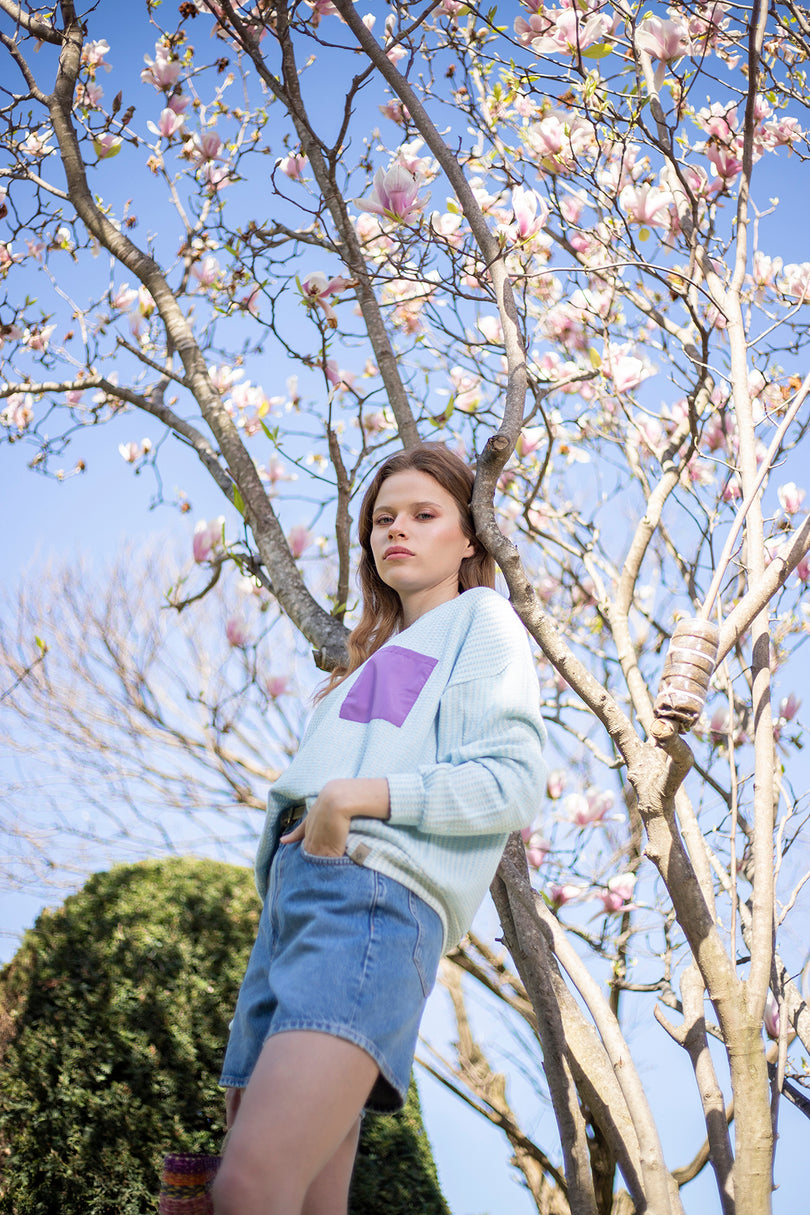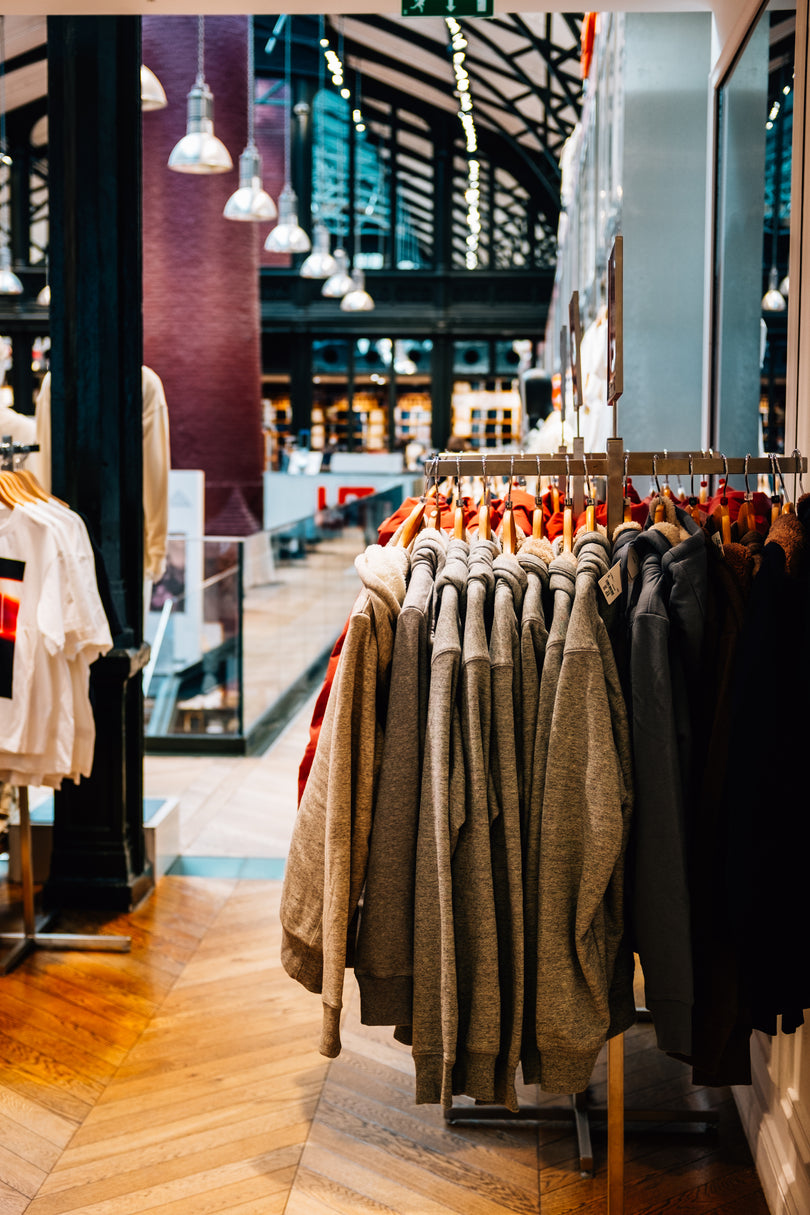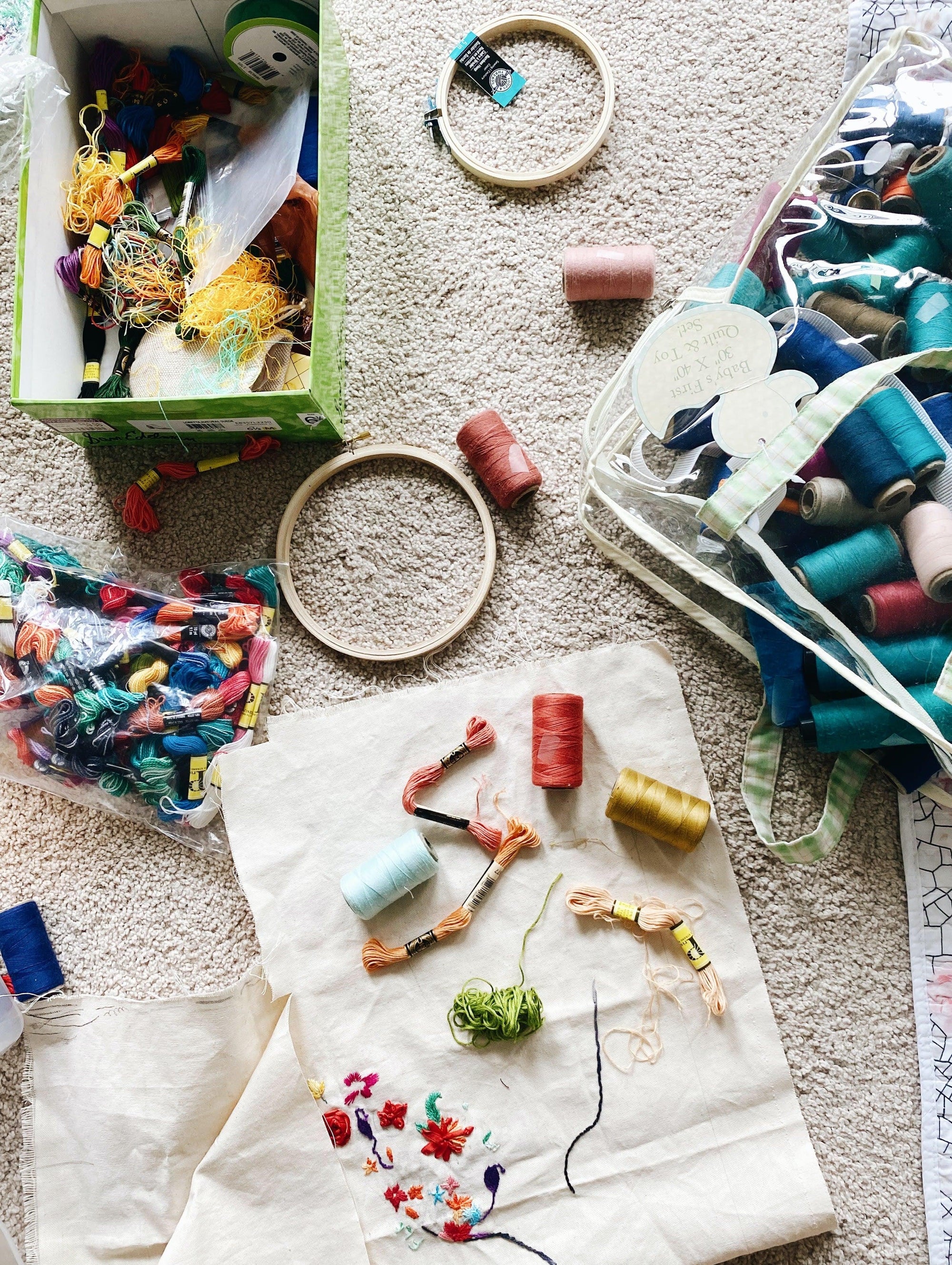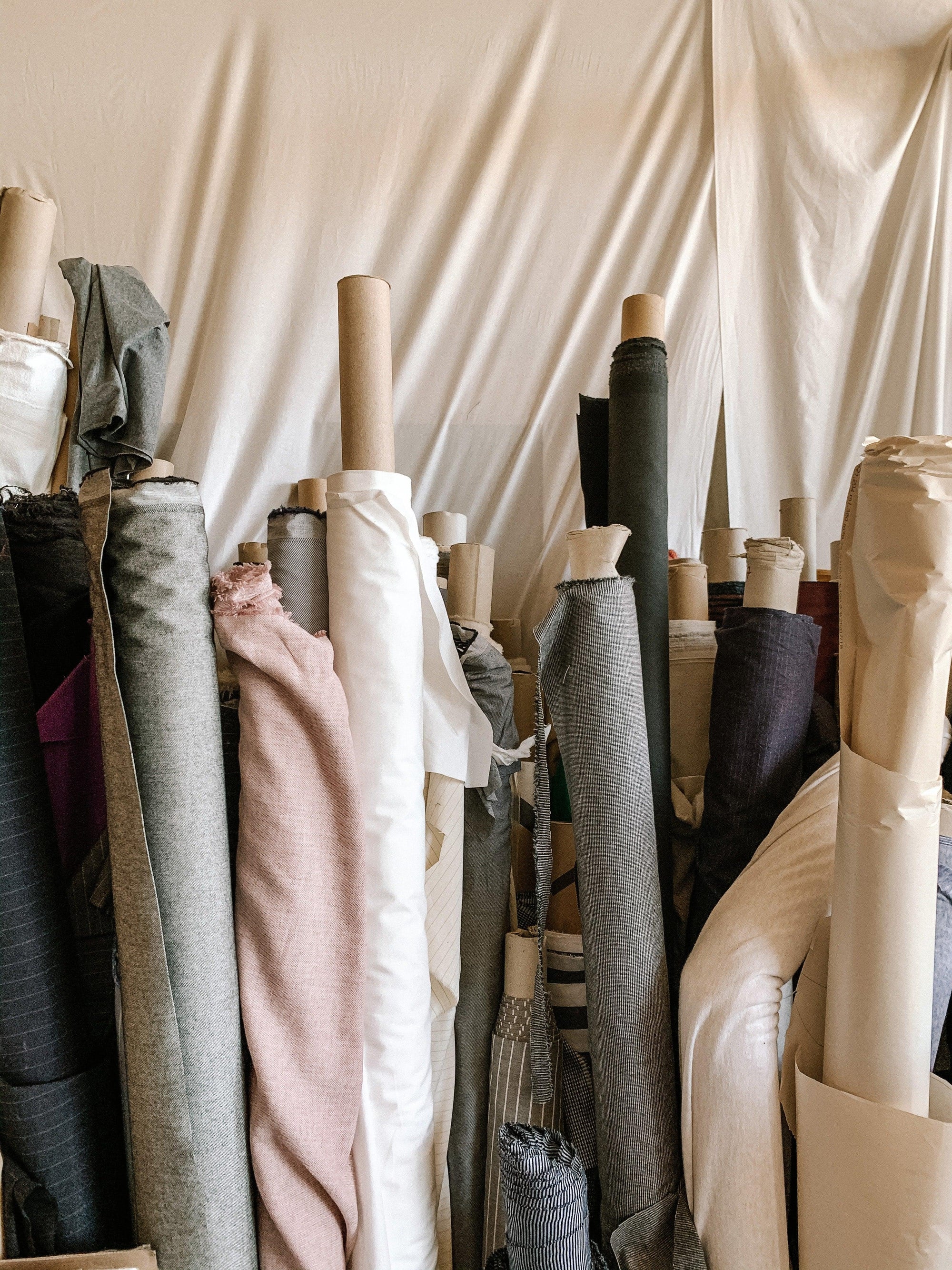It’s hard to believe that fashion wasn’t always like it is today; cheap, synthetic, unoriginal and oversaturated. Fast fashion companies have us spoilt for choice when it comes to the sheer mass of colours, designs and fabrics available on any shop floor, and many of us act as though our wardrobes have a revolving door. So the idea of a slow fashion industry may be foreign to many of us who have grown up in the dizzying world of fast fashion, but it’s fast becoming the new norm.
In fact, many big fashion brands are already starting to shrink their runway collections in favour of quality over quantity. Dries Van Noten said in an interview that the “forced slowdown amid the pandemic allowed him to shrink the size of his seasonal offering by about 30 to 35 percent”, to a “positive reaction” from consumers.
The switch to a slow fashion industry couldn’t come soon enough - our current decade is a critical turning point in the fight against climate change, but “change remains incremental” when it comes to brands’ sustainability practices. Fashion’s fast pace and overwhelming volume of clothes, coupled with climate anxiety, have made many believe that the revival of smaller collections and made-to-order business models is the way forward.
What makes smaller collections more sustainable?
It’s said that more than 70% of fashion’s pollution comes from supply chain operations, including manufacturing and raw material production. The water- and energy-intensive process of creating new fabrics just for them to be fed into our fast fashion system is unsustainable both environmentally and socially; we are quickly running out of the resources and desire for continuous 5-minute trends. By limiting the amount of fabric created via smaller collections, and by using up offcuts and excess waste via clever designs, we can work towards a sustainable fashion industry. It can also benefit consumers, too; if brands are shrinking their collections and really focusing on the designs they create, it’s likely to result in better quality clothes.
For deadstock brands like ours, smaller collections can be a natural outcome of working with existing fabrics. We try to save as much fabric as possible, and over the course of a year this figure can easily be in the ‘tons’, but because we’re working with something already created rather than a blank sheet there can be complications. Rather than trying to mass-produce garments regardless of fabric quality or style, we focus on hand-picking the best fabrics and coming up with creative ways to bring them back to life. Our founder and CEO, Deniz, says, “We aim to release small, curated collections in line with the seasons, but with that being said if we come across a great piece of fabric and there is alignment on what we would like to do with it, we don’t necessarily wait until the next collection.”
Modern fashion brands design and produce in bulk, thanks to decreasing production costs, cheap fabrics and “poorly constructed”, mass-produced designs. But for smaller brands, this isn’t an option - especially when working with deadstock fabric. Our designs start from deadstock, excess and waste materials, which limits the design options and can make the whole production process highly complex compared to the volume of clothing we are producing. The care and attention we put into each of our designs results in better quality, sustainable garments made to last.
Are there any downsides to smaller collections?
Sustainable fashion can sometimes be labelled as non-inclusive, and whilst this is definitely not always the case, it can be difficult to reduce the amount of fabric used when catering for a vast size range. For smaller brands like ours especially, there can be a number of reasons why we have fewer sizing options: for one, we may not acquire a large enough amount of a certain fabric to create more than a few items in each size; and having an extensive size range can result in an excess of stock with nowhere to go in a small factory. which is why we keep to the regular XS to XL sizes. As companies grow, so too can their ability to stock an extensive range, although this still remains tricky for brands using deadstock fabric.
For those looking to practice slow fashion outside of the XS to XL ranges, made-to-order brands can be a great way of ensuring the perfect fit.
Having smaller collections is intrinsically linked to the slow fashion movement, which considers the processes and resources required to make clothing and values reducing consumption. If brands choose slimmer, curated collections over mass-production, then fashion can begin to reduce its impact before it’s too late.




